The Canadian political economist Jennifer Clapp is an absolute expert on industrial food systems. We talked to her about her latest book, “Titans of Industrial Agriculture”, a deep dive into the evolution of an extreme concentration of power that has allowed 12 companies to control most of the world’s food production.
The Common Table: Thank you for taking the time to join us at The Common Table. Let’s start by asking you to tell us a bit about yourself in your own words.
Jennifer Clapp: I am a professor and Canada Research Chair in the School of Environment, Resources and Sustainability at the University of Waterloo. I’m also a member of the International Panel of Experts on sustainable food systems, and I’ve been working on the global political economy of food, agriculture and environment for my entire career, which is over 30 years.
It’s an area that is endlessly fascinating and also constantly changing. A lot of what I do is focused on understanding power imbalances in food systems and how they have consequences with external effects on things like hunger, environmental sustainability, farmers’ livelihoods, consumer agency and so on.

I’ve worked a lot in the areas of international trade and food security as well as corporate concentration, finance and food systems. I had some economics training earlier in my career, and I like to get into the dirty, nerdy details of how the functioning of the global economy has consequences for real people.
I like to get into the dirty, nerdy details of how the functioning of the global economy has consequences for real people.
The Common Table: You’ve published a number of books on the history of politics and economics related to global food systems, and now this huge, broad-reaching work on the giant corporations controlling the farm sector. What motivated you to write it?
Jennifer Clapp: I really wanted to write this book because I didn’t see any history that looked at these big input sectors. Initially, I was going to look at seeds and chemicals, which some people have written about, but I realised you can’t tell that story without also talking about machinery and fertilisers.

The Common Table: So what are the four big sectors of the agricultural inputs industry, and who “owns” them?
Jennifer Clapp: The big four inputs are agricultural machinery, fertilisers, seeds and pesticides. What’s striking about each of those big inputs (there are other inputs, of course, but these are the ones I chose to focus on) is that they’re very concentrated in terms of ownership. In the case of seeds and chemicals, the firms controlling them have been merging together since the 1980s, and now there is one set of companies producing both products. Just four companies – Bayer, Corteva (which is a merger of Dow and DuPont), Syngenta (which has merged with ChemChina and then was bought by Sinochem) and BASF – control around 60 per cent of the global seed market and around 70 or so per cent of the global pesticide market.
What’s even more striking is that if you look within markets, that concentration can be even more pronounced. For example, in around 15 countries, those top four companies control over 80 per cent of the maize seed market, and that’s in countries all around the world. So this control can be even more concentrated at the lower levels.
Together, those 12 companies control a significant amount of the sales of agricultural inputs that affect farmers all around the world.
In the case of fertilisers, the big companies are Mosaic, Nutrien (a product of a recent merger) Yara and CF Industries. And with farm machinery, the big names are John Deere, AGCO, CNH and Kubota. Those four machinery companies control over 50 per cent of the machinery market, and it’s again more concentrated at the domestic level.
Together, those 12 companies control a significant amount of the sales of agricultural inputs that affect farmers all around the world.
The Common Table: How did our food supply and, therefore, the world get to be ruled by these companies, these eponymous “Titans of Industrial Agriculture”?
Jennifer Clapp: It’s a complicated story and really hard to tell in a few sentences. What I discovered by looking at the four sectors side by side was that three big factors help explain how these industries got so big in the first place.
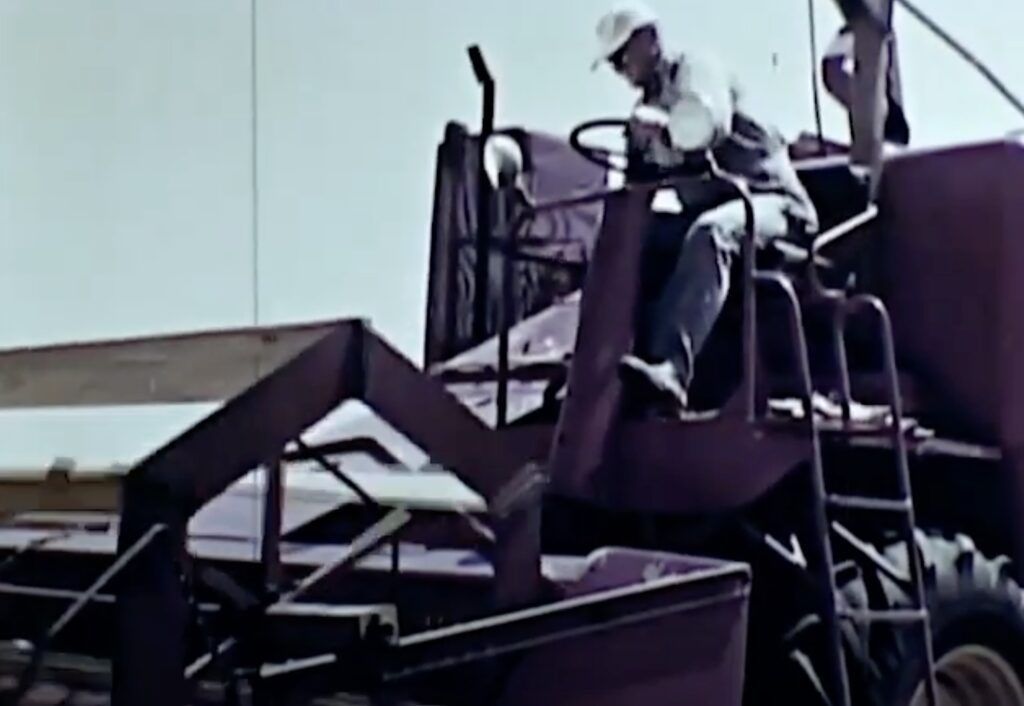
The first is a set of market factors – not just economies of scale, but also privileged access to finance and financial incentives. They also benefited from things that were happening at the time that helped expand their sales, like the spread of the railways and the development of a national market that then became a global market.
Second is technological change. Some firms were innovative in terms of developing new technologies. A lot of these firms were in the right place at the right time and could adapt new technologies for the purpose of agriculture. Many had patent protection, which gave them monopolies. The third was government factors like policies and subsidies. In the seed industry, for example, governments did a huge amount of work on the hybridisation of seeds, and then four companies just came in and dominated the market from the get-go. Similar kinds of government support were happening in the fertiliser and pesticide industries.
The Common Table: Which is just what our next question was going to be: Are we talking about the story of industrialisation and capitalism, but from an agricultural perspective i.e. the shift over a very short span of human history from more circular, locally-controlled agro-economies to massively extractive constructed dependence, where even governments no longer call the shots? Would that be an accurate summary?
What I learned in writing the book was that there were these market, technology, and policy factors that enabled those firms to get so big. But what really surprised me was just how big they got early on – far earlier than I had imagined. A merger of seven major farm machinery companies in the US, for example, resulted in International Harvester, which dominated 85 per cent of the farm machinery market in 1902. I realised that the history of the industrialisation of agriculture is a product of industrialisation generally, which was happening at the time. It’s basically linked to the rise of industrial capitalism.
A merger of seven major farm machinery companies in the US, for example, resulted in International Harvester, which dominated 85 per cent of the farm machinery market in 1902.
Jennifer Clapp: I do think that there are lessons to be learned from looking at the agricultural sector that can apply to other sectors as well. There’s so much attention right now on big tech and the petrochemical industry, and how they got to be controlled by such big monopolies, but we need to look back to an earlier period when we saw the rise of other big industries such as railways and agriculture. Agriculture is a long-standing industry, and nearly all of the firms that dominate today have a lineage that goes back to the 1800s.
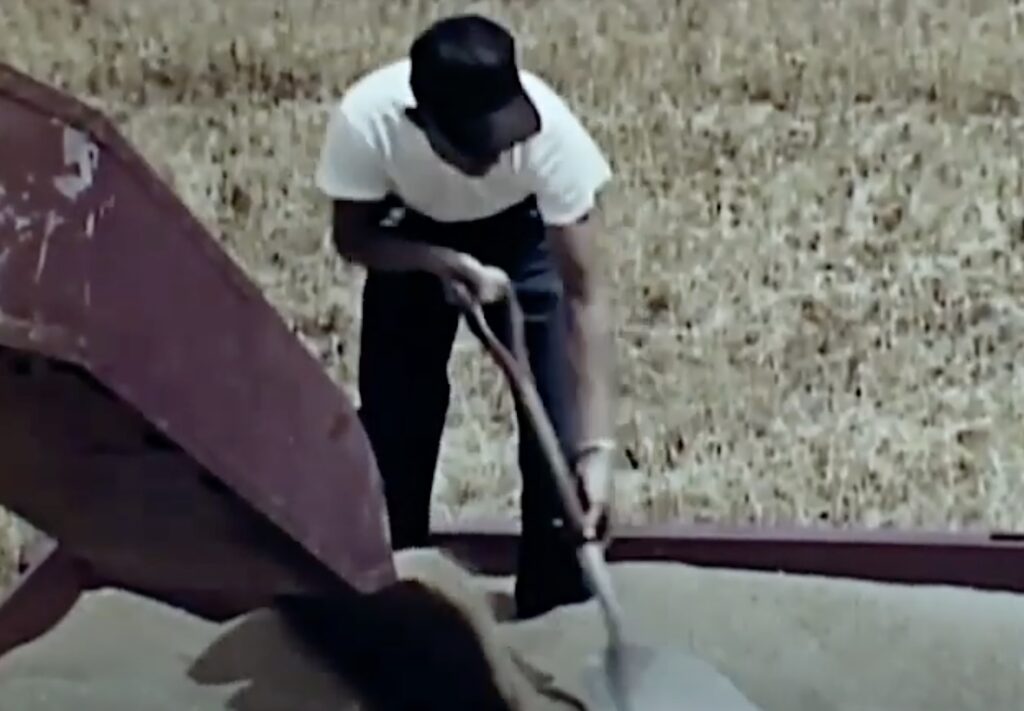
The Common Table: So as these industries were emerging, the early big companies were also deciding what the game was and set the playing field accordingly, putting in all the elements that they needed and were in their control. It sounds like they designed the game and the playing parts, and now the whole world has ended up playing that game with their rules.
Jennifer Clapp: Yes, to some extent, that’s definitely accurate. What I argue in the book is that by getting big, these firms also gain the kind of power needed to shape markets in their favour. They can also shape technology in their favour. They can shape policy and governance in their favour. And then, that way, they can really advance their model of industrial agriculture.
By getting big, these firms also gain the kind of power needed to shape markets in their favour.
And then, although they were separate sectors and firms, the products they produced became locked in with one another. There was a technology lock-in, but there was also an economic lock-in because the rise of these input companies facilitated the overproduction of grain, for example, in North America, which was then shipped to Europe to support Great Britain (in particular) as it was industrialising and needed to import food.

So it became a situation where, in the US, because they were using these labour-saving devices, they were able to produce grain so much more cheaply that if other farmers in Canada, Australia or anywhere else in the world didn’t adopt their measures, they wouldn’t be able to compete in global markets. What it did was put farmers in an indebted situation of overproducing in the service of this industrial development model that was spreading around the world.
What it did was put farmers in an indebted situation of overproducing in the service of this industrial development model that was spreading around the world.
The Common Table: Maybe it’s just a continuation of a much longer human story about the leveraging and consolidation of power. Isn’t it just another kind of feudalism on a huge, global scale?
Jennifer Clapp: For sure. I mean, it changed agriculture to a business rather than a livelihood, right? And then subjected it to global market dynamics and the power of the dominant players. That’s the side of the story that is so important.
The Common Table: Could you perhaps illustrate how deeply entrenched the power structure of these companies is in the industrial agricultural system in terms of supply chains, with an example of a single small farmer or a crop?
Jennifer Clapp: The farmer is part of the system because they’re buying these inputs for their production. If they’re producing soybeans, they have to acquire the herbicides, the seeds, the machinery and the pesticides – all from a very concentrated set of companies. They’re facing potentially higher prices because that concentrated set of companies has the market power.
But it’s not just the prices that are constraining the farmers, this is also about their ability to make choices. The prevailing technology for soybean production right now is for genetically modified soybeans, where you have to buy the GM seeds and the matching herbicides, and there’s not a lot of agency or choice for farmers on that end.
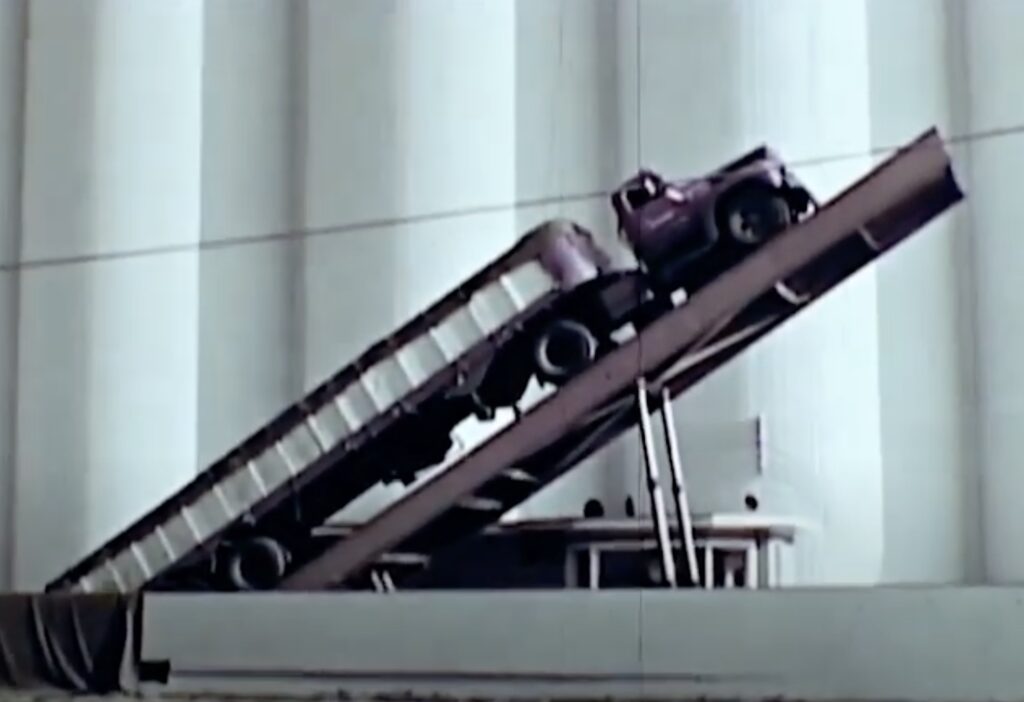
When those soybean farmers go to sell their product, they’re also facing another, completely different set of buying and trading companies that have the power to push the price they pay. These companies also dictate to farmers what they want them to grow using certain technologies.
So the farmer is stuck between concentrated sets of companies on either side of their production, which is quite problematic. This concentration stacks up throughout the rest of the food system as well. What farmers are facing is only part of the issue. Let’s take a current example: I don’t know if you saw in the Financial Times a couple of days ago, but the premium on Brazilian soybeans has gone way up because buyers in Europe and Asia don’t want to buy from the US. So everyone wants to buy from Brazil instead, which means the Brazilian farmers are stuck too. Increasing production means extensification: cutting down forests to make bigger farm fields, which is going to be a huge ecological issue.
The farmer is on a treadmill in terms of what they’re producing and in a weak bargaining position in terms of what they’re selling.
The farmer is on a treadmill in terms of what they’re producing, and in a weak bargaining position in terms of what they’re selling. They don’t have a lot of agency to make choices themselves. And as the technologies they use to produce become more digitised, their own skill at farming is being undermined. They’re being deskilled because they’re being told to rely on what AI prescribes for them to do, which risks a whole loss of knowledge and information that used to be passed down through generations.
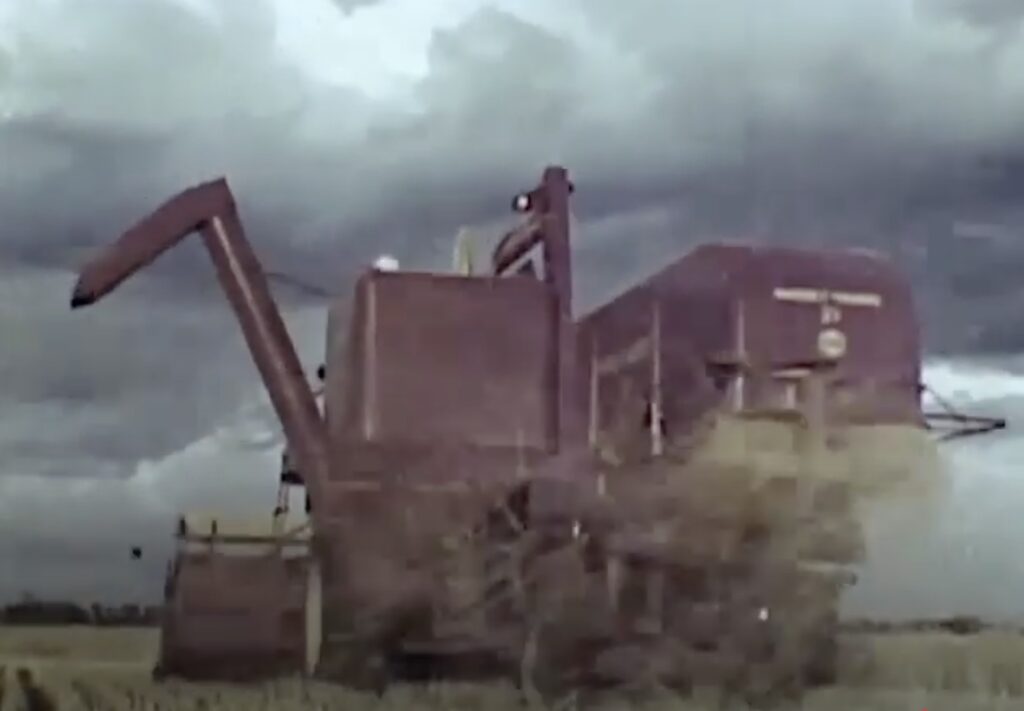
The Common Table: You mention in the introduction to your book that these giant conglomerates controlling the world’s food industry “often portray themselves as the only actors capable of ensuring sufficient food production the feed the world”. Is that true?
Jennifer Clapp: It’s a line that has been around for a long time, and it’s a potent one among policymakers, partly because they get a lot of support from those companies. But the truth is that we overproduce food in the world because of the industrial model. If you look at the long-standing history of policies to address agriculture in the EU or in North America, it’s all about managing surplus, it’s all in the name of increasing production, but to what end?
It’s all about managing surplus, it’s all in the name of increasing production, but to what end?
There’s this economic assumption that more production is going to lower prices, and it might, we don’t know to what extent, but it also has a million other side effects that are costly environmentally and in all kinds of ways. If you look at what we produce, even just in terms of grains and cereals, half of it is going to biofuels and animal feed. It’s not going to feed people directly.
I’m not a crop scientist, but there are people who are studying agroecological farming methods and saying we can feed the world using these methods; that they might be more equitable, might still be just as accessible, and will certainly be more diverse and more ecologically resilient if we move away from these kinds of large scale inputs. But it means a complete radical transformation of the food system.
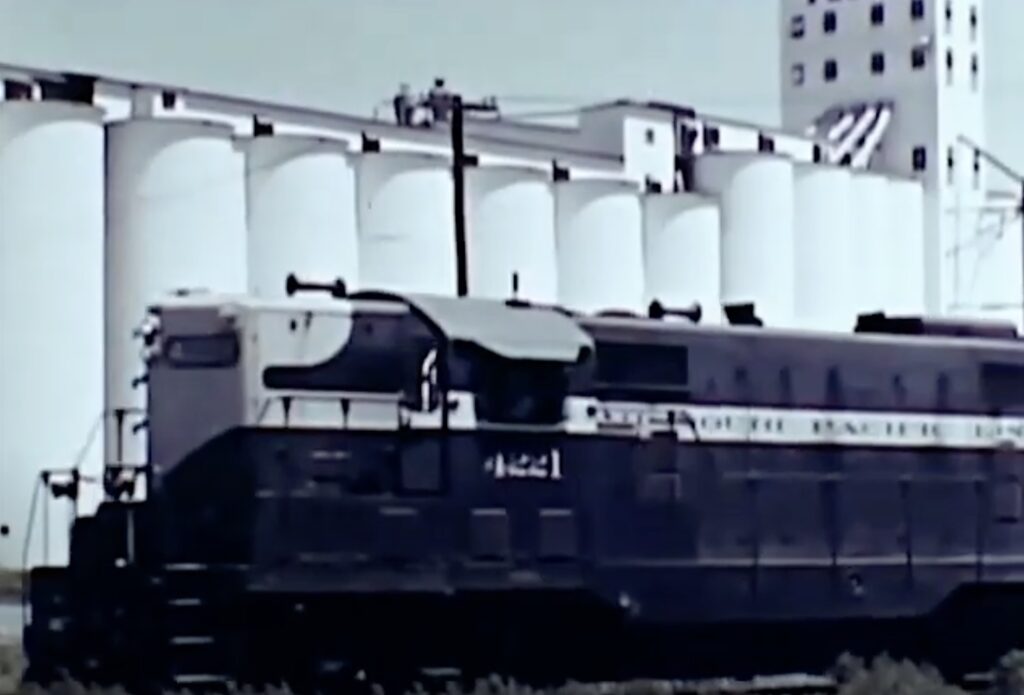
I think one of the big lessons I learned from writing this book was the realisation that industrial agriculture requires large-scale land holdings, and so we have large-scale land holdings. It’s hard to do agroecological farming on these giant 10,000-acre farms. So, how do you redistribute land? It’s a huge political question, and I don’t pretend to have the answer, but I think it’s something we have to grapple with.
Jennifer Clapp is Canada Research Chair in Global Food Security and Sustainability and Professor in the School of Environment, Resources and Sustainability at the University of Waterloo. She has just published her latest book, Titans of Industrial Agriculture (how a few giant corporations came to dominate the farm sector and why it matters) with MIT Press. Her previous books include Food, Speculative Harvests, and Hunger in the Balance, the new politics of international food aid. She is a member of the International Panel of Experts on Sustainable Food Systems and previously served as Vice Chair of the Steering Committee of the High-Level Panel of Experts on Food Security and Nutrition (HLPE-FSN) of the UN Committee on World Food Security (CFS).
Title clip: “The Kansas Wheat Farmer 1956” source: CharlieDeanArchives / Archival Footage, Encyclopaedia Britannica Films.






